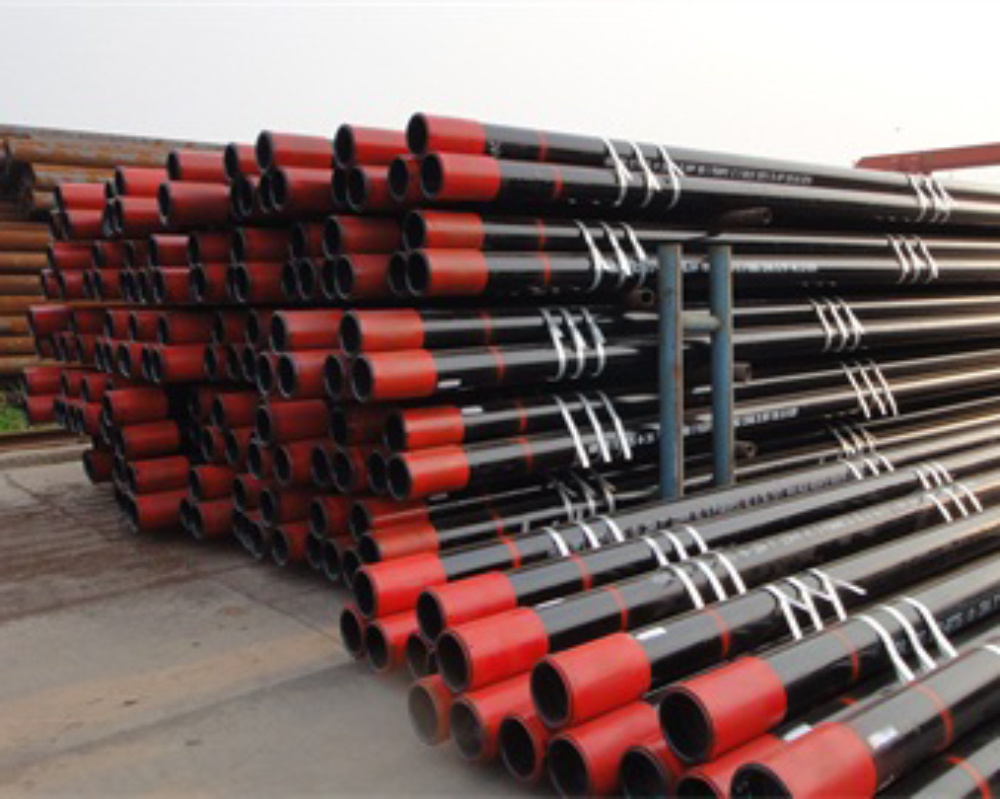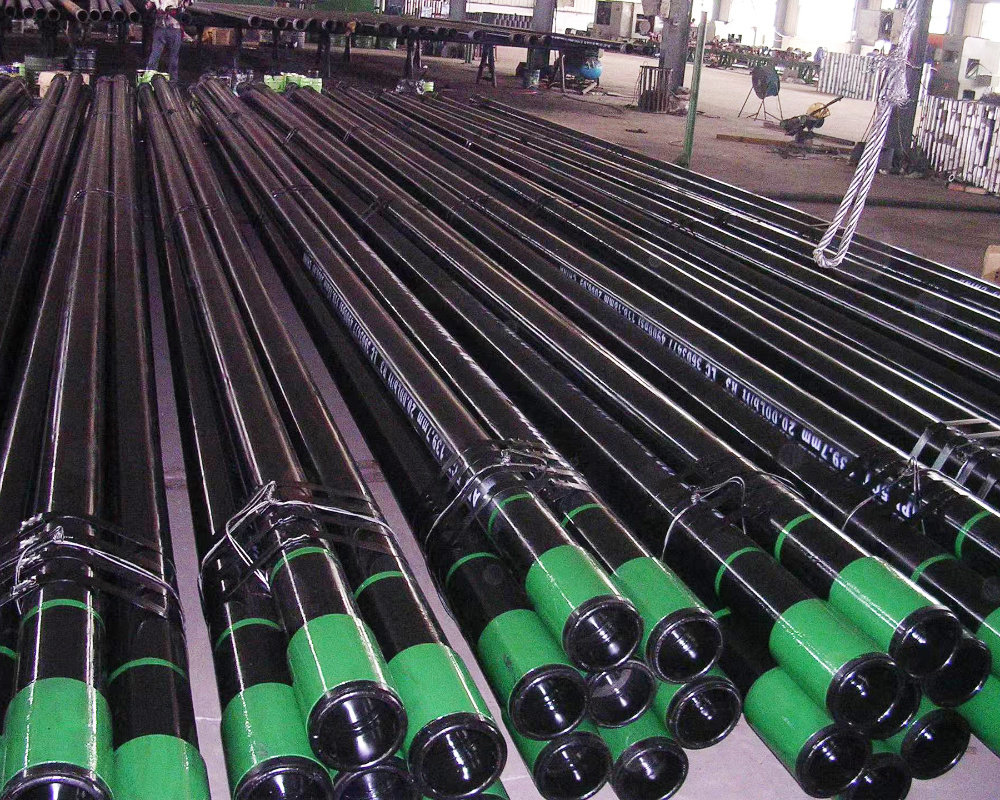How to Install Wood Boiler PEX Tubing: A Step-by-Step Guide
How to Install Wood Boiler PEX Tubing: A Step-by-Step Guide
Introduction to Wood Boiler PEX Tubing
PEX tubing has become a popular choice for wood boiler installations due to its flexibility, durability, and resistance to scaling and corrosion. This guide will provide you with essential insights and practical steps to install PEX tubing effectively, ensuring optimal heating performance in your hom
How to Install Wood Boiler PEX Tubing: A Step-by-Step Guide
Introduction to Wood Boiler PEX Tubing
PEX tubing has become a popular choice for wood boiler installations due to its flexibility, durability, and resistance to scaling and corrosion. This guide will provide you with essential insights and practical steps to install PEX tubing effectively, ensuring optimal heating performance in your home.
Why Choose PEX for Your Wood Boiler Installation?
The Advantages of PEX Tubing
When considering materials for your wood boiler system, PEX tubing stands out for several reasons:
- **Flexibility and Ease of Installation**: PEX can bend around corners without fittings, reducing the number of connections needed.
- **Durability**: It resists corrosion, scaling, and UV damage, ensuring longevity.
- **Thermal Efficiency**: PEX maintains temperature better than traditional materials, enhancing system efficiency.
- **Cost-Effectiveness**: Generally cheaper than copper or PVC, PEX is an economical choice for homeowners.
Understanding the Different Types of PEX Tubing
There are three types of PEX tubing, each suitable for specific applications:
- **PEX-A**: Known for its flexibility and resistance to kinking.
- **PEX-B**: Slightly stiffer but treated to prevent scaling and has a lower cost.
- **PEX-C**: The most rigid and least expensive but can be less durable.
Tools and Materials Needed for Installation
Before commencing installation, gather the following tools and materials:
- **PEX Tubing**: Choose the appropriate size based on your system requirements.
- **PEX Crimp or Clamp Tools**: For securing the fittings.
- **Pipe Cutter**: To make clean cuts on the tubing.
- **Fittings**: Ensure compatibility with your wood boiler.
- **Insulation**: To prevent heat loss.
- **Measuring Tape**: For accurate measurements.
- **Safety Gear**: Gloves and goggles for protection.
Step-by-Step Installation Process
Step 1: Planning Your Layout
Start by designing a layout for the PEX tubing. Consider the distance from the wood boiler to the heating zones, and plan for sufficient tubing length while minimizing bends. A well-thought-out layout reduces the risk of leaks and improves system efficiency.
Step 2: Preparing the Area
Clear the installation area of any debris. Ensure that the wood boiler is securely placed and that there is easy access for connecting the PEX tubing.
Step 3: Cutting the PEX Tubing
Utilize a pipe cutter to cut the PEX tubing to the required lengths. Ensure cuts are clean and straight, as this will help in securing fittings.
Step 4: Installing Fittings
- **Crimping Method**: Slide the fitting into the end of the PEX tubing and use the crimp tool to secure it. Ensure the crimp ring is positioned 1/8 inch from the end of the tubing.
- **Clamping Method**: Similar to crimping, but using a clamp instead. Place the clamp over the fitting and secure it with the clamp tool.
Step 5: Routing the Tubing
Carefully route the PEX tubing according to your planned layout. Avoid sharp bends and kinks, as these can impede water flow.
Step 6: Insulating the Tubing
To prevent heat loss, insulate the PEX tubing. Use foam insulation sleeves or wraps to cover the tubing, especially in unconditioned spaces like attics or crawl spaces.
Step 7: Connecting to the Wood Boiler
Connect the other end of the PEX tubing to the wood boiler. Ensure that all connections are tight and secure to prevent leaks.
Testing Your Installation
After installation, conduct a thorough test:
- **Pressure Test**: Use a pressure gauge to check for leaks. Pressurize the system and inspect all connections.
- **Heating Test**: Turn on the wood boiler and observe the system’s performance, ensuring all zones heat up evenly.
Maintenance Tips for Your Wood Boiler PEX Tubing System
To ensure longevity and efficiency, consider the following maintenance tips:
- Regularly check for leaks or signs of wear.
- Inspect the insulation periodically and replace damaged sections.
- Flush the system annually to remove sediment build-up.
Common Issues and Troubleshooting
- **Leakage at Fittings**: Ensure that fittings are properly crimped or clamped, and examine for any visible damage to the tubing.
- **Inadequate Heating**: Check for blockages or kinks in the tubing that may restrict water flow.
Frequently Asked Questions (FAQs)
1. Can PEX tubing be used for hot water applications?
Yes, PEX tubing is designed to handle hot water applications, making it suitable for wood boiler systems.
2. How long does PEX tubing last?
When properly installed and maintained, PEX tubing can last over 50 years.
3. Is it necessary to insulate PEX tubing?
Yes, insulating PEX tubing is crucial to minimize heat loss, especially in unconditioned spaces.
4. Can PEX be exposed to sunlight?
No, PEX should not be exposed to direct sunlight for extended periods as UV rays can degrade the material.
5. What is the maximum temperature PEX can withstand?
PEX tubing can typically handle temperatures up to 200°F (93°C) and pressures of 80 PSI.
Conclusion
Installing wood boiler PEX tubing may seem daunting, but with the right tools and a methodical approach, it can be achieved effectively. By following this step-by-step guide, you’ll ensure a reliable, efficient heating system that enhances your home’s comfort while being cost-effective. Remember to conduct regular maintenance and troubleshoot common issues to enjoy the benefits of your wood boiler for years to come.
TAG:
Related Posts
Understanding Carbon Steel Seamless Pipes: Essential Insights for Construction Professionals
Carbon steel seamless pipes are an integral component in the construction and decorative materials industry, particularly in the realm of building pipes. These pipes are manufactured without seams, which makes them highly durable and reliable for various applications. Understanding their properties, advantages, and applications can greatly enhance decision-making for professionals in the field.
On









